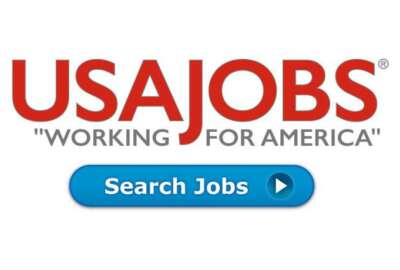
Why the top-down, ‘mythbusters’ approach to federal hiring works
Agencies say the guidance and tools that the Office of Personnel Management gives to department headquarters often does not filter down to components in the fie...
In effort to bust a few myths about the federal hiring process, the Office of Personnel Management began its first training tours in Denver and Colorado Springs last week.
The goal of the Hiring Excellence Campaign is to bring some much-needed training from agency headquarters to local field offices, Kimberly Holden, deputy associate director for recruitment and hiring at OPM, said at the Federal Managers Association’s national convention in Alexandria, Virginia, March 14.
“With new shared services organizations coming about, you all may sit in one area of the country and your human resources professionals sit in another part of the country,” she said. “The face of HR has somewhat been removed, because a lot of times you may not have ever met the person that you’re working with that has responsibility for your hiring action.”
Holden acknowledged that guidance and tools OPM distributes at the headquarters level at many agencies often don’t filter down to the agency field components.
And that clarification and training are necessary in a federal workforce that lacks many experienced human resources managers, Holden said.
The Government Accountability Office identified strategic human capital management as “high risk” in its biennial list to Congress.
“We have dwindling resources, but we also have people who are leaving the occupation at fast paces,” Holden said. “The expertise, particularly in areas of classification, no longer exists. So we have to take the time to grow the talent.”
Federal HR professionals — particularly new managers who come to government from the private sector — have little time to study up on the hiring directives and nuances in the U.S. Code in training before they need to make their first hires for their agencies, she said.
OPM is also in the midst of making more improvements to USAJobs.gov. The agency released the first round of updates to the job portal last month.
Several agencies, including the Department of the Navy, are piloting OPM’s resume mining feature. When hiring managers have an open position, they can search USAJobs for a list of candidates with specific qualifications and experience. The job portal will then draw up a list of potential candidates and provide a canned email that hiring managers can send inviting them to apply to the job, Holden said.
The “ZIP code feature” on USAJobs is also live.
It also lets applicants see where other candidates are coming from and how many other people are competing for the same job.
A case study on USDA
The Agriculture Department is a step ahead of other agencies in this space. The department put out its own guidance to help clarify and better inform its human capital managers about the hiring flexibilities they already had.
USDA has made a conscious effort to improve diverse hiring over the past few years. The decision came directly from the top, when Secretary Tom Vilsack developed a Cultural Transformation Action Plan, said Dr. Zina Sutch, director of diversity for the Recruitment and Work Life Division at USDA’s Office of Human Resources Management.
USDA has the most diverse core of Senior Executive Service members out of any other agency. Roughly 37 percent of the department’s SES identify themselves as minorities, a 93 percent jump since 2009, Sutch said.
Minorities make up about 22 percent of the department’s overall workforce.
Diversifying the department’s leadership core first was important, because leaders often tend to hire employees who have similar backgrounds and look, think and talk like them, she said.
First, the department asked its component agencies to organize data they already had on their hiring and training practices.
“Based on that data that we collected from each of these agencies we started to produce a monthly report, which forced agencies to take a look at themselves a little more closely,” she said. “[We looked at] things like training data, SES leadership development data, hiring reform [and] how many days does it take to hire somebody.”
Representatives from each of the department’s components meet monthly to discuss their findings and present the results to the secretary. Sutch said having that buy-in from Vilsack was key.
“I definitely think that without the secretary spending time looking at the reports that we provided on a monthly basis, identifying agencies that weren’t making progress or showing that they were making progress, without him doing that, agencies were not going to change,” she said.
USDA then incorporated the diversity and inclusion reports into performance and appraisal plans for the department’s senior executive managers and supervisors.
“If someone is going to rate me at the end of the year whether I adhered to or made progress in cultural transformation, that’s going to be one of the things that I’m going to be checking back on,” Sutch said. “It kept the momentum going.”
Copyright © 2024 Federal News Network. All rights reserved. This website is not intended for users located within the European Economic Area.
Nicole Ogrysko is a reporter for Federal News Network focusing on the federal workforce and federal pay and benefits.
Follow @nogryskoWFED




